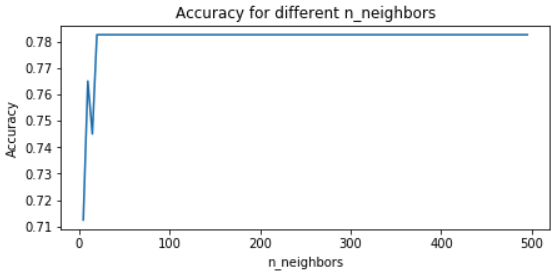Hyperparameter Values
Hyperparameter Tuning in Python

Alex Scriven
Data Scientist
Hyperparameter Values
Some hyperparameters are more important than others to begin tuning.
But which values to try for hyperparameters?
- Specific to each algorithm & hyperparameter
- Some best practice guidelines & tips do exist
Let's look at some top tips!
Conflicting Hyperparameter Choices
Be aware of conflicting hyperparameter choices.
LogisticRegression()conflicting parameter options ofsolver&penaltythat conflict.
The 'newton-cg', 'sag' and 'lbfgs' solvers support only l2 penalties.
Some aren't explicit but will just 'ignore' (from ElasticNet with the normalize hyperparameter):
This parameter is ignored when fit_intercept is set to False
Make sure to consult the Scikit Learn documentation!
Silly Hyperparameter Values
Be aware of setting 'silly' values for different algorithms:
- Random forest with low number of trees
- Would you consider it a 'forest' with only 2 trees?
- 1 Neighbor in KNN algorithm
- Averaging the 'votes' of one person doesn't sound very robust!
- Increasing a hyperparameter by a very small amount
Spending time documenting sensible values for hyperparameters is a valuable activity.
Automating Hyperparameter Choice
In the previous exercise, we built models as:
knn_5 = KNeighborsClassifier(n_neighbors=5)
knn_10 = KNeighborsClassifier(n_neighbors=10)
knn_20 = KNeighborsClassifier(n_neighbors=20)
This is quite inefficient. Can we do better?
Automating Hyperparameter Tuning
Try a for loop to iterate through options:
neighbors_list = [3,5,10,20,50,75]accuracy_list = []for test_number in neighbors_list: model = KNeighborsClassifier(n_neighbors=test_number) predictions = model.fit(X_train, y_train).predict(X_test)accuracy = accuracy_score(y_test, predictions) accuracy_list.append(accuracy)
Automating Hyperparameter Tuning
We can store the results in a DataFrame to view:
results_df = pd.DataFrame({'neighbors':neighbors_list, 'accuracy':accuracy_list})
print(results_df)

Learning Curves
Let's create a learning curve graph
We'll test many more values this time
neighbors_list = list(range(5,500, 5))accuracy_list = [] for test_number in neighbors_list: model = KNeighborsClassifier(n_neighbors=test_number) predictions = model.fit(X_train, y_train).predict(X_test) accuracy = accuracy_score(y_test, predictions) accuracy_list.append(accuracy) results_df = pd.DataFrame({'neighbors':neighbors_list, 'accuracy':accuracy_list})
Learning Curves
We can plot the larger DataFrame:
plt.plot(results_df['neighbors'], results_df['accuracy'])# Add the labels and title plt.gca().set(xlabel='n_neighbors', ylabel='Accuracy', title='Accuracy for different n_neighbors') plt.show()
Learning Curves
Our graph:

A handy trick for generating values
Python's range function does not work for decimal steps.
A handy trick uses NumPy's np.linspace(start, end, num)
- Create a number of values (
num) evenly spread within an interval (start,end) that you specify.
print(np.linspace(1,2,5))
[1. 1.25 1.5 1.75 2. ]
Let's practice!
Hyperparameter Tuning in Python

